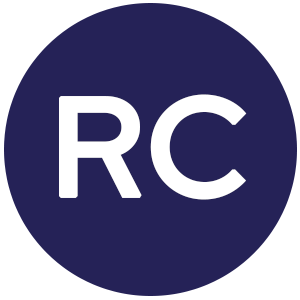There are two primary anchor points in the mobile hospital equipment lifecycle – when it’s in use in a patient room, and when it’s being cleaned.
Between those points, there can be a chasm of time when equipment sits idle, dirty, and is unsuitable for use. This can lead to a host of downstream issues, including nurse hoarding and over-purchasing of equipment to make up for a perceived shortage.
A key driver of this problem is the fact that most hospitals don’t have real-time visibility into many parts of their equipment workflow.
Although hospitals usually have clearly documented procedures for how staff should move mobile equipment through the process from in-use to cleaning and back again, few have a sophisticated means of tracking equipment through that process.
Here are three examples of how rudimentary these tracking mechanisms can be:
- Hospitals assigning staff to walk every floor (top to bottom) to investigate clean and soiled equipment rooms, identifying a clean room that may require more equipment, and looking for rooms overflowing with soiled equipment for collection.
- Drawing lines on the floor of clean rooms—red for ‘minimum’ and green for ‘at-PAR’. Staff take equipment from the green box first and when the last piece is taken from the green box, a staff member is expected to call the hospital’s central storage area to request replenishment.
- Overstocking clean rooms to try and ensure there is never a shortage of a particular piece of equipment, an inefficient use of equipment with items sitting idle for days and even weeks at a time.
Pinpoint the cause of delays with an RTLS
A real-time location system (RTLS) can identify bottlenecks in the hospital’s workflow that cause delays between the patient room and the cleaning room. That knowledge can help the hospital optimize the time it takes to collect, clean, and re-deploy equipment.
RTLS is the backbone of an on-demand asset replenishment system (ODAR) in which hospital staff no longer need to actively monitor inventory in both soiled storage and clean storage rooms. The ODAR system can be calibrated to inform staff when it’s time to pick up equipment in the former and when they’re approaching the minimum acceptable level in the latter.
For example, imagine the nurses on the fourth floor of your hospital have reported a shortage of bladder scanners. Your hospital can turn to an RTLS to determine whether the root problem is a true shortage or a workflow issue. Let’s say your RTLS’ data show there may be a bottleneck in the cleaning process. From here, your options to improve that process might include any of the following:
- Programming the RTLS to alert staff whenever a bladder scanner enters the fourth-floor’s soiled storage room, ensuring it’s picked up, cleaned, and returned to service as quickly as possible.
- Programming the RTLS to alert staff when the number of bladder scanners in the fourth floor’s clean storage room dwindles to predetermined minimum level – the minimum level data shows is required to ensure a bladder scanner is always available.
- Changing your central cleaning department’s protocol to prioritize bladder scanners when they enter the department.
- Ensuring staff expedite the movement of equipment from the fourth-floor soiled storage room to the central cleaning department, then back to the fourth floor’s clean storage room.
Each of those options represents a more effective approach to managing your hospital’s mobile equipment workflow. Your nurses and other medical staff will have more confidence – and engage in hoarding less – if every time they walk to the clean storage room to pick up equipment they need, it’s available.
Informing better purchasing decisions
But the benefits go beyond intangibles. The more streamlined and efficient your hospital’s workflow, the better your equipment utilization rate, and the fewer items you need to purchase to effectively run your hospital. That frees up capital that can be used for other pressing needs across your institution.
On the other hand, when nurses and hospital staff can’t find important equipment and your hospital can’t pinpoint the underlying problem for a perceived shortage, there’s a greater risk for over-purchasing because you won’t have any solid evidence to counterbalance anecdotal staff requests.
In short, by optimizing your hospital’s equipment-cleaning workflow, an RTLS can help boost staff satisfaction, improve the patient experience, and save your hospital money.
Want to learn more about RTLS for hospitals? Read our “Ultimate Guide to Choosing the Right RTLS Solution for your Hospital” to learn:
- About different RTLS options available on the market
- How RTLS technology developed and advanced over time — and why that is important
- How to approach the process of selecting the right RTLS for your hospital.



